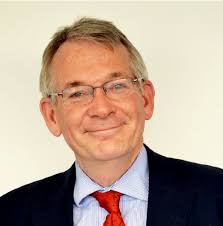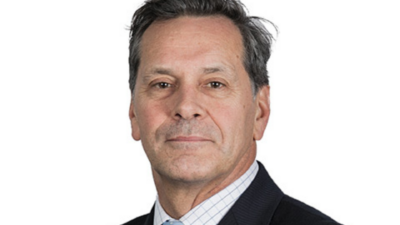Global government investors play it safe in risky times
by David Chaplin
External fund managers barely get a look in on the US$37.8 trillion held by large government-owned investors globally, a new report found. According to the ‘Global Public Investor 2019’ study, almost 70 per cent of the institutions captured by the survey allocate between only zero and10 per cent to external managers.
The reluctance to outsource reflects the “fairly conservative” nature of the government institutions that follow mainly risk-averse investment strategies, the report compiled by the Official Monetary and Financial Institutions Forum (OMFIF), says.
“… just over half of (53 per cent) of assets managed by central banks, sovereign funds and public pension funds examined in this year’s asset allocation analysis are in government bonds, mostly in developed markets,” the OMFIF report says. “Equities are the second-most popular asset class (22 per cent) followed by corporate bonds (8 per cent).”
Over the 2018 calendar year total public investor assets under management rose 3.7 per cent, the study says, with sovereign wealth funds seeing the highest growth rate of almost 8 per cent to hit US$8.6 trillion.
Pension fund assets grew 4.8 per cent to US$15.7 trillion during the 12-month period while central bank holds edged just 0.1 per cent higher to US$13.5 trillion.
David Marsh, OMFIF chair, says global public investors are “navigating, and helping to shape, some blustery times”.
Marsh says the influential investors are battling issues such as climate change, digital transformation and a “semi revolutionary” Donald Trump as the global economy diverges between a stagnant developed world and solid expansion in emerging markets.
“The central banks that make up one third of our $37.8 trillion in surveyed assets have never been so powerful – nor so vulnerable,” he says in the report. “They are bolstering and countering the disruptive influences on the world economy by maintaining interest rates far lower than during past recoveries.”
OMFIF canvassed 750 institutions – including 491 pension funds, 173 central banks and 86 sovereign wealth funds – across 183 jurisdictions in its sixth annual review of the sector.
“Overall, the survey highlights that public investors face increasing challenges in considering the trade-off between risk and return in their allocation decisions,” the report says. “While there is a clear trend towards diversifying into new asset classes, this remains gradual and constrained by various obstacles including cost, board conservatism and lack of expertise.”
– Investment News NZ










